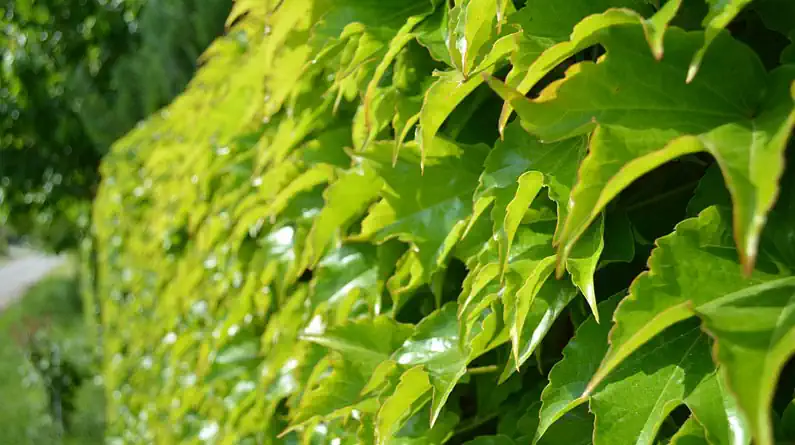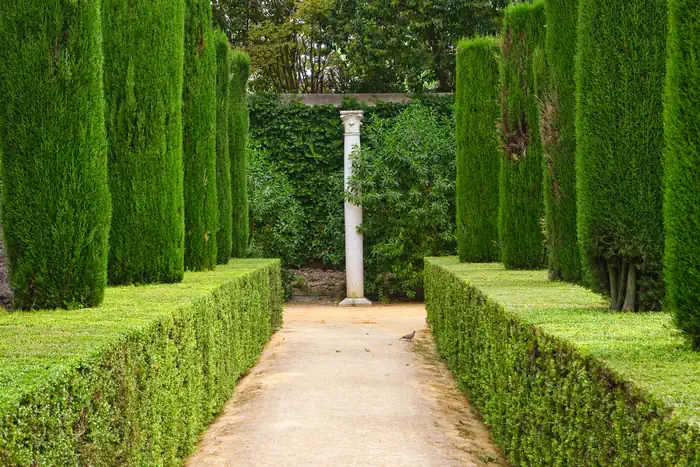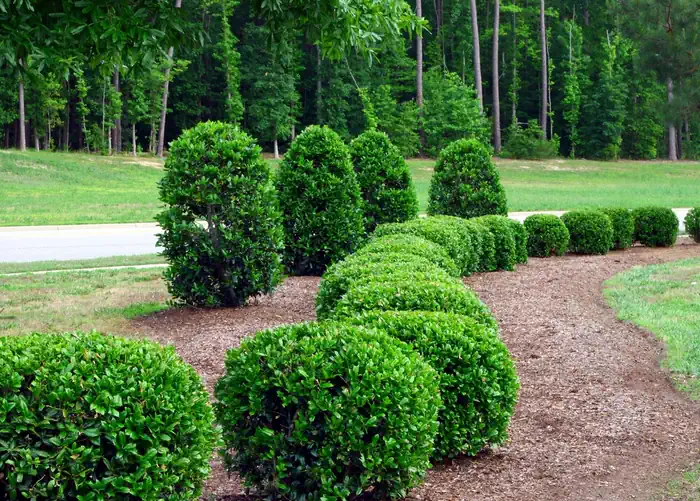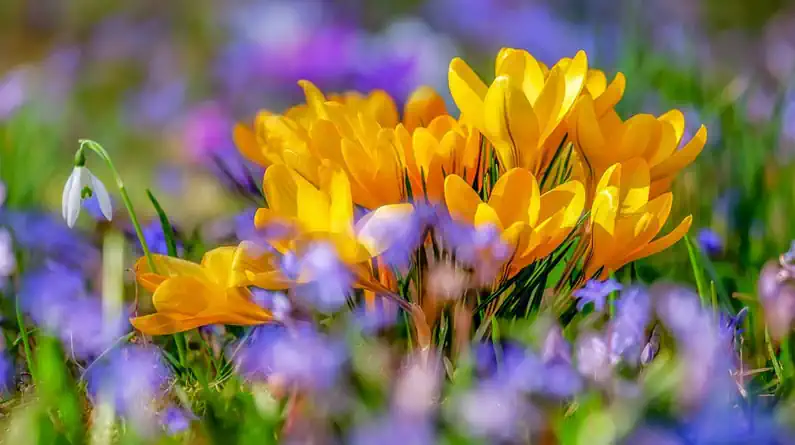
Choosing the Best Shrubs and Hedges for Your Yard
Creating a beautiful, well-maintained yard requires planning. Incorporating shrubs and hedges is a great way to add structure, style and privacy to your outdoor space.
These plantings can be used on the front or back of your home, in side or corner lots, or pretty much anywhere you need green coverage and architectural interest. It’s not just about choosing the right types of shrubs and hedges for your space; there are several other factors that you need to take into account when choosing which shrubs and hedges work best for your yard.
Whether you have limited sunlight, drought-tolerant soil or a lot of wind – all these things will help determine which bushes work best in your landscape.
How to Choose Shrubs and Hedges
First and foremost, it’s important to know the difference between shrubs and hedges. Shrubs are woody plants that have multiple stems and are usually less than 6 feet tall. They can be either deciduous or evergreen, depending on the species.
Hedges are usually evergreen and grown as single rows or multiple rows of plants that are clipped into a wall-like form. There are a wide variety of shrubs and hedges that can be used in many different types of landscapes.

Neatly Trimmed Hedges
When choosing shrubs and hedges, you first need to consider the light conditions in your landscape. Plants grown in shaded areas will have different light requirements than plants in full sun.
Consider Light Conditions
If your landscaping is shaded by trees or other structures, consider planting shrubs and hedges that grow best in those conditions. For example, if you have a lot of shade, you’ll want to consider shrubs like hydrangeas, forsythia, rhododendrons and Japanese maples.
If your yard is mostly shaded, you might want to choose evergreen shrubs, like hollies and boxwoods, that will provide year-round color.
If you have a shaded area that receives some sunlight, you can plant deciduous shrubs like serviceberries, dogwoods, weigela and mock orange.
Assessing the Soil Condition
Another thing to consider when choosing the right shrubs and hedges is the soil condition. If you have really poor soil, you might want to choose shrubs and hedges that are more adaptable to different soil types.
Choosing plants that are more adaptable to different soil types is important to ensure a long-lasting, healthy landscape.
If your soil is very rich and loamy, you can choose shrubs and plants that prefer richer soil.
If the soil in your area is more sandy, you might want to choose shrubs and plants that are somewhat drought-tolerant.

Shrubs
Estimate Wind Speeds
Wind speed and how much your area gets blown around by the wind can also help you determine which shrubs and hedges will work best in your landscape.
Moderate to heavy wind zones should be planted with trees and shrubs that can stand up to the speed and force of the wind. In light to moderate wind zones, it’s best to choose shrubs and trees that are shorter in height and have a more open, airy shape.
In moderate to heavy wind, it’s best to plant shrubs and trees that are taller and have a denser, more closed-in shape.
Many Varieties Available
Here are some examples of popular varieties of hedges and shrubs:
- Boxwood – This is a popular evergreen shrub used for hedges due to its dense foliage, slow growth, and ability to be pruned into different shapes. It’s often used in formal gardens and can grow in full sun or partial shade.
- Privet – Another popular hedge plant, privet is a deciduous shrub that can grow up to 15 feet tall if left unpruned. It has small, dark green leaves and produces fragrant white flowers in the summer.
- Yew – This evergreen shrub has dark green foliage and is often used in formal gardens as it can be shaped into different forms. Yews prefer partial to full shade and can grow up to 50 feet tall if left unpruned.
- Holly – Known for its glossy green leaves and red berries, holly is a popular shrub for hedges and screens. There are both evergreen and deciduous varieties, and they prefer partial shade to full sun.
- Barberry – This deciduous shrub has striking foliage colors, ranging from green to purple to red, and can be used for hedges or as a specimen plant. It’s drought-tolerant and prefers full sun.
- Forsythia – This deciduous shrub produces bright yellow flowers in early spring and can be used for informal hedges or as a specimen plant. It prefers full sun and well-drained soil.
- Cotoneaster – This evergreen or deciduous shrub produces small white or pink flowers in the spring and colorful berries in the fall. It can be used for hedges or as a ground cover and prefers full sun.
- Boxleaf Euonymus – This shrub has small, dark green leaves that are often used for low hedges or as a ground cover. It prefers partial shade to full sun and can be easily pruned into different shapes.
These are just a few examples of the many different types of hedges and shrubs available for landscaping. When choosing a hedge or shrub, it’s important to consider factors such as the desired height, growth rate, foliage type, and sunlight requirements.
Summing up
Shrubs and hedges are a great way to add structure and style to your landscape. They can be used on the front or back of your home, in side or corner lots, or pretty much anywhere you need green coverage and architectural interest.
When choosing shrubs and hedges, it’s important to consider light conditions, soil condition and wind speeds to ensure that your plants get the most out of your landscape. Choosing the right shrubs and hedges is key to a beautiful, well-maintained yard.


